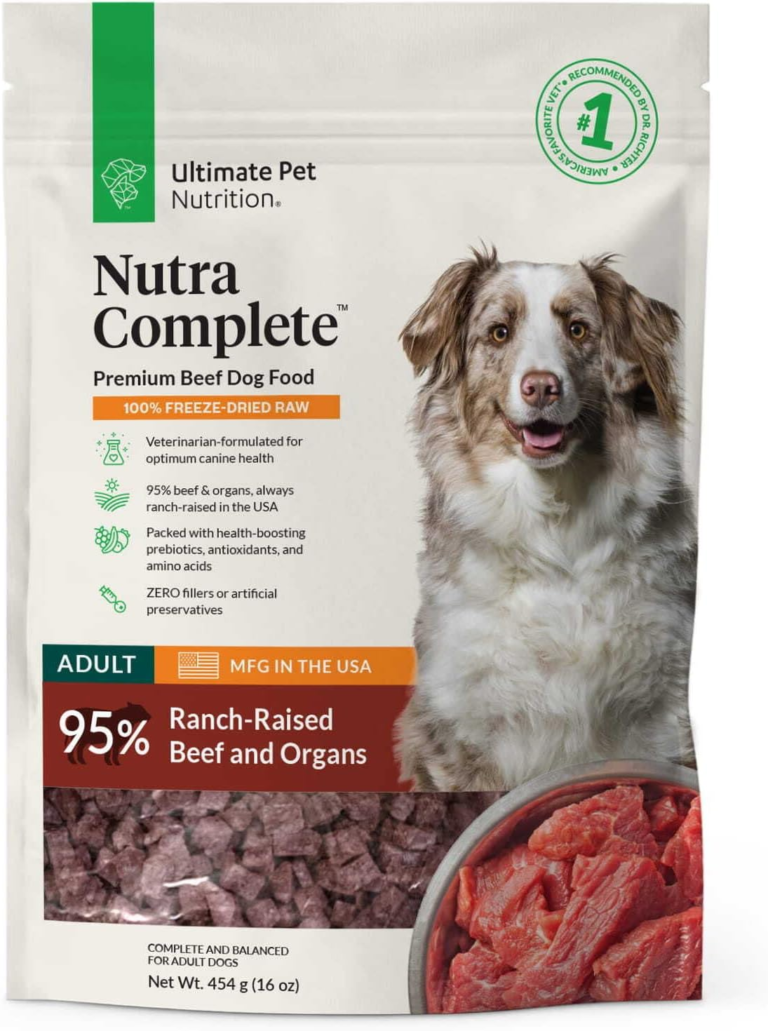Basic Pet First Aid Tips Every Owner Should Know
Knowing basic pet first aid can make a significant difference in your pet’s health and safety during emergencies. As a pet owner, being prepared to handle common injuries and health issues is crucial. Here are some essential pet first aid tips every owner should know.
Why Pet First Aid is Important
Immediate Care Saves Lives
Just like in humans, prompt first aid care can save your pet’s life. Quick action can prevent minor injuries from becoming severe and provide comfort to your pet until you can reach a veterinarian.
Building a Pet First Aid Kit
Essential Items for Your Kit
Creating a pet first aid kit is the first step in being prepared. Here are some essential items to include:
- Gauze pads and rolls
- Adhesive tape
- Non-stick bandages
- Digital thermometer
- Hydrogen peroxide (for inducing vomiting, only under vet’s advice)
- Antiseptic wipes
- Tweezers and scissors
- Saline solution
- Emergency contact numbers (vet, animal poison control)
Handling Common Emergencies
Cuts and Scrapes
For minor cuts and scrapes, clean the wound with saline solution and apply a non-stick bandage. If the bleeding is severe, apply pressure with a clean cloth and seek veterinary care immediately.
Steps to Handle Cuts:
- Calm your pet and assess the wound.
- Clean the wound with saline solution.
- Apply a non-stick bandage.
- Seek veterinary care if necessary.
Choking
If your pet is choking, look into their mouth to see if you can remove the object causing the obstruction. Use tweezers or your fingers to remove it if possible. If unsuccessful, perform the Heimlich maneuver and seek emergency veterinary care immediately.
Heimlich Maneuver for Pets:
- For small pets, hold them upside down and apply pressure to their abdomen.
- For larger pets, stand behind them, place your hands just below their ribcage, and apply firm pressure.
Poisoning
If you suspect your pet has ingested a toxic substance, contact your veterinarian or animal poison control immediately. Do not induce vomiting unless instructed by a professional. Keep the product packaging for reference.
Common Symptoms of Poisoning:
- Vomiting or diarrhea
- Excessive drooling
- Tremors or seizures
- Lethargy or weakness
Addressing More Serious Issues
Fractures
If you suspect your pet has a broken bone, keep them as still and calm as possible. Use a makeshift splint to immobilize the limb and transport your pet to the veterinarian immediately. Avoid moving the fractured limb excessively.
Steps for Handling Fractures:
- Calm your pet and minimize movement.
- Apply a splint using a rigid object and secure it with tape.
- Transport your pet to the vet with minimal movement.
Heatstroke
Heatstroke can be life-threatening for pets. If you suspect heatstroke, move your pet to a cool area immediately. Wet their fur with cool (not cold) water and offer small amounts of water to drink. Seek veterinary care as soon as possible.
Signs of Heatstroke:
- Excessive panting
- Drooling
- Red gums
- Lethargy or collapse
Staying Prepared
Keeping your pet safe requires being proactive and prepared. Regularly check and update your pet first aid kit and take a pet first aid course if possible. Knowing how to respond to emergencies can make all the difference.
Conclusion
Understanding basic pet first aid is crucial for every pet owner. By preparing a first aid kit, learning how to handle common emergencies, and staying calm under pressure, you can ensure your pet receives the best possible care in an emergency. Always follow up with your veterinarian to ensure your pet’s health and well-being.







